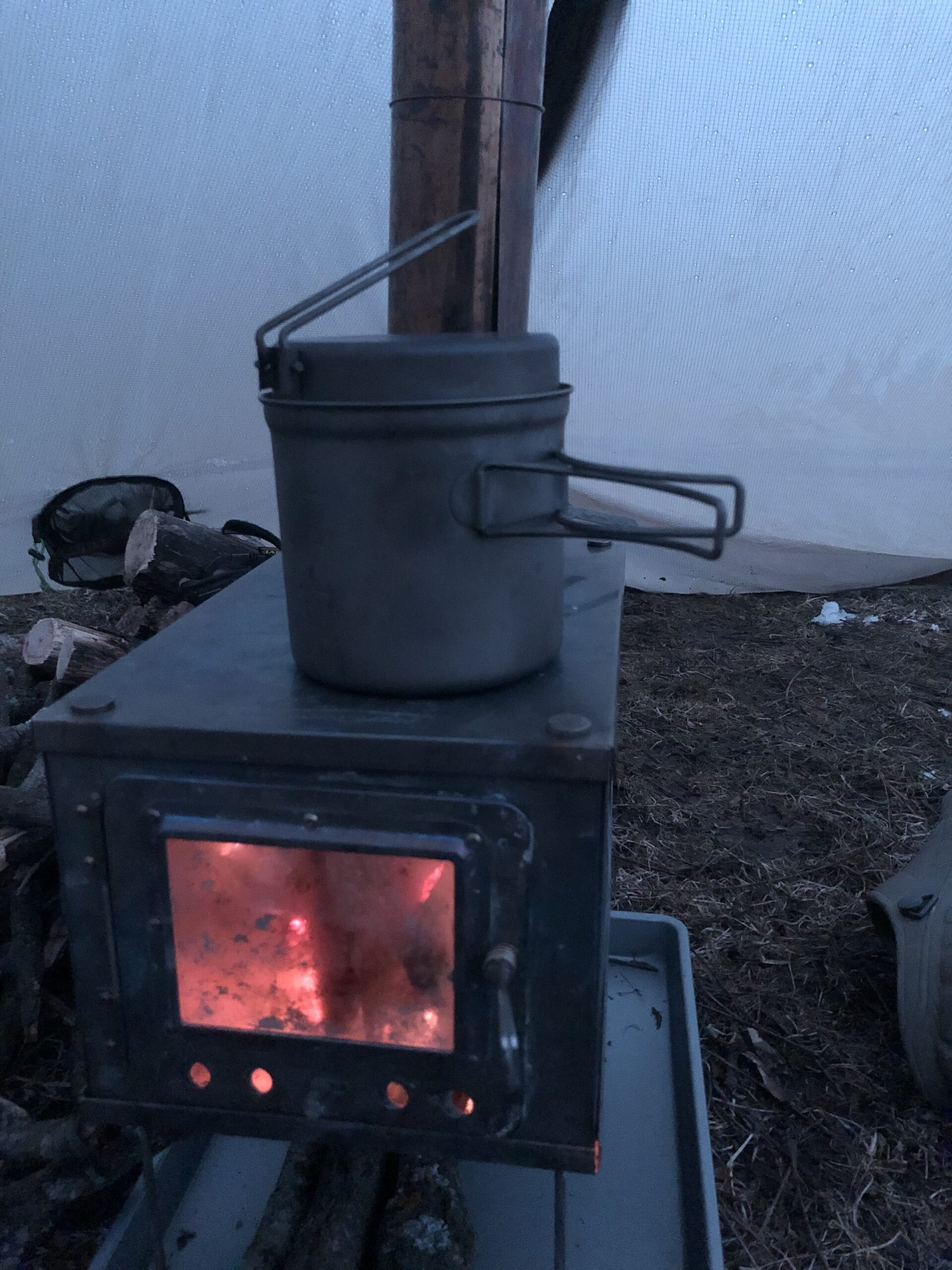Winter camping presents a unique set of challenges and rewards, offering serene landscapes and the tranquility of a world blanketed in snow. Proper preparation is key to fully embracing the cold-weather camping experience—from selecting the right clothing layers to choosing your campsite with care. This article delves into essential tips for staying warm, dry, and safe while enjoying the winter wilderness. From leveraging hot water bottles for extra warmth to ventilating your sleeping space, we cover all the bases to ensure your winter camping adventure is memorable for all the right reasons. Whether you’re a seasoned cold-weather camper or preparing for your first snowy outing, these strategies will help you navigate the challenges of winter camping with confidence.
- Clothing Layers: Make sure to layer your clothing appropriately as well. A good base layer to wick moisture away from your body, an insulating layer for warmth, and a waterproof and windproof outer layer are crucial. Don’t forget to wear a hat to retain heat, and consider bringing extra layers in case the temperature drops further.
- Hot Water Bottle or Insulated Flask: Fill a hot water bottle or an insulated flask with hot water before bed and place it in your sleeping bag. This can provide additional warmth during the night.
- Ventilation: While it’s essential to stay warm, it’s also crucial to manage moisture inside your sleeping bag. Ensure proper ventilation to prevent condensation and keep your sleeping bag dry.
- Campsite Selection: Choose your campsite wisely. Look for natural windbreaks and avoid low-lying areas where cold air tends to settle. Clear the snow beneath your tent to create a more insulated space.
- Emergency Shelter: Even with a well-prepared sleep system, it’s always a good idea to have an emergency shelter, such as a bivy or space blanket, in case unexpected circumstances arise.
- Hand and Foot Warmers: Disposable hand and foot warmers can be a nice addition, especially if you’re facing extremely cold temperatures. Place them in your gloves or boots before going to sleep.
- Sleeping Bag Care: Ensure that your sleeping bags are dry before packing them away. Moisture can reduce their insulation capabilities.
- Practice Setting Up Your Gear: Before heading out on a winter camping trip, practice setting up your gear in the backyard. This allows you to familiarize yourself with your equipment and make any necessary adjustments.
Remember, safety should always be a top priority, and it’s essential to be well-prepared when venturing out in winter conditions. Your recommendation of starting with car camping for the first winter adventure is excellent advice for those new to cold-weather camping. Enjoy your winter camping experiences!


